Dollar cost averaging is an investment strategy that divides the total investment amount across periodic purchases, reducing risks from lump-sum investments and capitalizing on market price variations.
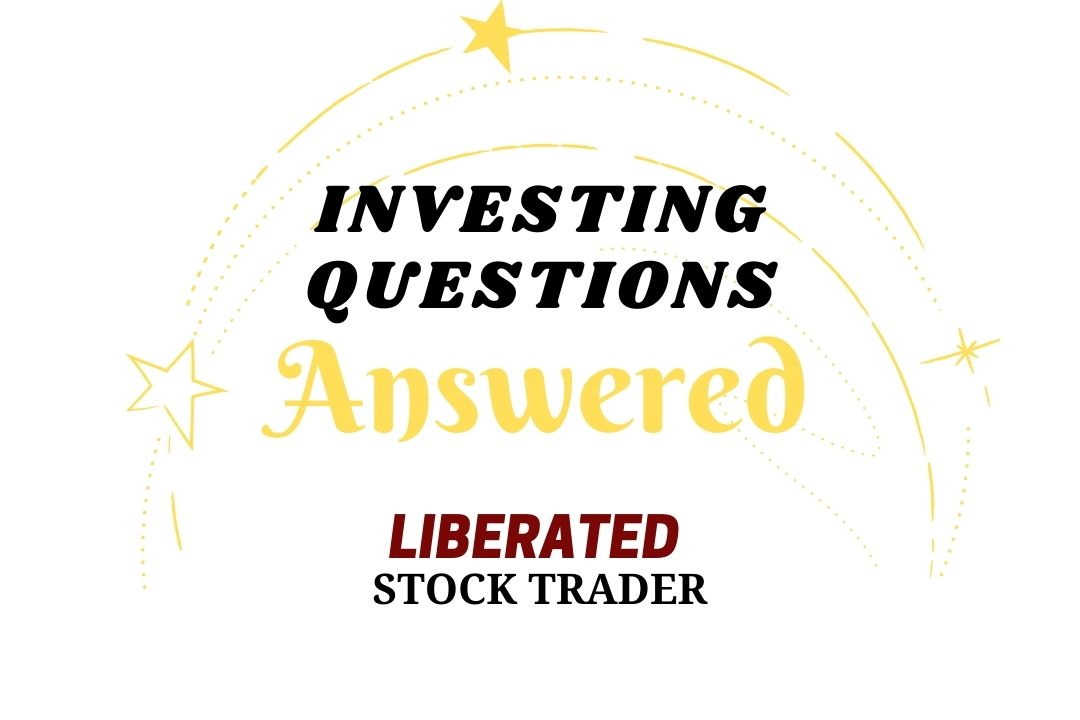
What Is Dollar Cost Averaging?
Dollar cost averaging (DCA) is an investing strategy commonly used by investors. If you regularly contribute to a retirement fund or your investment portfolio, you automatically use dollar cost averaging. This regular contribution averages out the overall cost of the investment.
If the stock price decreases over time, the investor will receive more shares for their money, meaning the asset’s average price is decreased. This averages down the cost per share, promoting a successful investing outcome. If the stock price increases, they get fewer stocks, increasing the average cost.
Dollar Cost Averaging Formula
The formula for calculating the dollar cost average over three purchase periods looks like this.
Dollar Cost Average = ((P * T) + (P * T) + (P * T)) ÷ ∑ T
Where:
- P = Stock Price
- T = Number of Shares Purchased.
An even simpler formula for calculating the Dollar Cost Average.
Dollar Cost Average = Total $ Amount Invested ÷ Total Number of Shares Owned.
Dollar Cost Averaging During a Bear Market
In stock market terms, stock prices go up and down. Dollar cost averaging takes advantage of the down period to buy more stock, and as the stock price rises, less stock is purchased for the same amount.
But here is the clever thing.
If you apply the concept of Dollar Cost Averaging to your investments during a bear market, you can reduce your overall average cost per share.
Example: Dollar Cost Averaging vs. Lump Sum
In this example, we compare investing over eight time periods versus investing a simple lump sum of money. If the stock’s cost fluctuates downwards but then returns to the same or higher price, you have benefitted from dollar cost averaging.
The stock price fluctuates around the $10 mark in the table below, spending equal time above the $10 price below it.
| Quarter Purchased | Share Price | 1 Payment $8,000 | 8 Payments $1,000 |
| Q1 | $10 | 800 | 100 |
| Q2 | $9 | 111.11 | |
| Q3 | $8 | 125 | |
| Q4 | $7 | 142.86 | |
| Q5 | $10 | 100 | |
| Q6 | $11 | 90.91 | |
| Q7 | $12 | 83.33 | |
| Q8 | $13 | 76.92 | |
| Total Shares Owned | 800 | 830.13 | |
| Share Value Q8 | $10,400 | $10,791 | |
| Total Profit % | +30% | +35% | |
| Average Cost Per Share | $10 | $9.64 |
Table 1: Dollar Cost Averaging Example – Balanced Market
In the example above, the investor has $8,000 to invest in stocks.
Lump-Sum Investment
The first example is a payment of $8,000, which buys 800 shares at $10 per share. At the end of 8 quarters, the total share value is $10,400 – (Share Price in Quarter 8 * 800 shares)
The Dollar Cost Averaging Investment
In this example, the investor spreads the payment of $1,000 in 8 installments over eight quarters. As you can see, the investor gets more shares for each $1,000 invested when the share price is lower.
When the share price is $7, the investor receives 142 shares for $1,000. Also, when the share price is higher at $13, the investor receives only 76.92 shares.
Here, we assume the share price distribution is equal across the eight quarters. The dollar cost average investor has, in the end, received a benefit of $391 (the difference between the share value of $10,400 in example 1 and $10,791 in example 2).
This means the dollar cost-averaging investor has a profit of 35%, and the lump-sum investor has a gain of 30%. Not only that, but the average share price cost is also $9.64 rather than $10 per share.
So, all things being equal, especially the share price, dollar cost averaging comes out on top with an improved profit of 3.8%.
You want to be a successful stock investor but don’t know where to start.
Learning stock market investing on your own can be overwhelming. There’s so much information out there, and it’s hard to know what’s true and what’s not.

Liberated Stock Trader Pro Investing Course
Our pro investing classes are the perfect way to learn stock investing. You will learn everything you need to know about financial analysis, charts, stock screening, and portfolio building so you can start building wealth today.
★ 16 Hours of Video Lessons + eBook ★
★ Complete Financial Analysis Lessons ★
★ 6 Proven Investing Strategies ★
★ Professional Grade Stock Chart Analysis Classes ★
Example: Dollar Cost Averaging Strategy – Declining Stock Price
In this example, we examine the effects of dollar cost averaging if the asset’s price continues to decline throughout the investment. The stock price reduces from quarter one at $10 to quarter eight at $8, with the lowest price of $6.
| Quarter Purchased | Share Price | 1 Payment $8,000 | 8 Payments $1,000 |
| Q1 | $10 | 800 | 100 |
| Q2 | $9 | 111.11 | |
| Q3 | $8 | 125 | |
| Q4 | $7 | 142.86 | |
| Q5 | $6 | 166.67 | |
| Q6 | $6 | 166.67 | |
| Q7 | $7 | 142.86 | |
| Q8 | $8 | 125 | |
| Total Shares Owned | 800 | 1080.16 | |
| Share Value Q8 | $6,400 | $8,641.27 | |
| Total Profit % | -20% | +8% | |
| Average Price Per Share | $10 | $7.41 |
Table 2: Dollar Cost Averaging Example – Declining Market
In the example above, the investor has $8,000 to invest in shares.
Lump-Sum Investment in a Bear Market
The first example is a single lump-sum payment of $8,000, which buys 800 shares at $10 per share in one payment. At the end of 8 quarters, the total share value is $6,400 – (Share Price in Quarter 8 $8 * 800 shares) – a loss of $1,600 or a brutal -20%
Dollar Cost Averaging in a Bear Market
In this example, the investor spreads the payment of $1,000 in 8 installments over eight quarters. As you can see, the investor gets more shares for each $1,000 invested when the share price is lower.
When the share price is at $6, they get 166 shares for $1,000.
In this case, the share price distribution is declining across the eight quarters with a little increase at the end. The investor ultimately receives a benefit of $641.27, the difference between the share value of $8,641.27 and $8,000.
This means the dollar cost averaging investor benefits 35% over the non-dollar average investor. Not only that, but the average share price cost is also $7.41 rather than $10 per share and less than the current market price.
Despite an overall stock price decline of 20% ($10 to $8), the dollar cost averaging strategy still managed a profit of 8%
This is the real power of Dollar Cost Averaging. Even in a decreasing market that fluctuates 20%, she makes a profit and reduces her risk.
Dollar Cost Averaging Strategy: Increasing Stock Price
Surprisingly, the results are much different in a growing market, with the dollar cost-averaging investor losing out. In this example, the stock price increases from quarter one at $10 to quarter eight at $12, with the highest price of $13. Ultimately, a 20% stock price increase.
| Quarter Purchased | Share Price | 1 Payment $8,000 | 8 Payments $1,000 |
| Q1 | $10 | 800 | 100 |
| Q2 | $11 | 90.91 | |
| Q3 | $11 | 90.91 | |
| Q4 | $12 | 83.33 | |
| Q5 | $13 | 76.92 | |
| Q6 | $12 | 83.33 | |
| Q7 | $13 | 76.92 | |
| Q8 | $12 | 83.33 | |
| Total Shares Owned | 800 | 685.66 | |
| Share Value Q8 | $9,600 | $8,227.97 | |
| Profit | 20% | 2.8% | |
| Average Price Per Share | $10 | $11.67 |
Table 2: Dollar Cost Averaging Example – Bull Market
In the example above, the investor has $8,000 to invest in shares.
Lump-Sum Investing In A Bull Market
The first example is a payment of $8,000, which buys 800 shares at $10 per share. At the end of 8 quarters, the total share value is $9,600 – (Share Price in Quarter 8 $12 * 800 shares) – a profit of $1,600 or a 20% gain.
Dollar Cost Averaging In A Bull Market
In this example, the investor spreads the payment of $1,000 in 8 installments over eight quarters. As you can see, the investor gets fewer shares for each $1,000 invested when the share price is higher.
When the share price is $13, the investor gets only 76.92 shares for $1,000.
In this case, the share price distribution is increasing across the eight quarters with a slight decrease at the end. The investor received a benefit of $227.97, the difference between the share value of $8,000 and $8,227.97.
This means they have only realized a profit of 2.85%, whereas the lump-sum investor made 20%.
In an increasing bull market, moving up 20%, the investor makes a profit in both examples, but his profit is higher as a non-cost averaging investor.
Dollar Cost Averaging vs. Lump Sum
In these three detailed examples, we have seen certain advantages and disadvantages of dollar cost averaging.
If you are lucky enough to time the market to perfection and buy in at a low price with a lump sum, and the market solidly increases over time, you will reap the maximum reward.
However, history tells us that we only have a 5% chance of this happening.
The reality is that the stock market fluctuates sometimes a lot. Even in an increasing bull market, you can make outsized returns due to the decreases in the stock price during a bull market.
Investing In Stocks Can Be Complicated, Stock Rover Makes It Easy.
Stock Rover is our #1 rated stock investing tool for:
★ Growth Investing - With industry Leading Research Reports ★
★ Value Investing - Find Value Stocks Using Warren Buffett's Strategies ★
★ Income Investing - Harvest Safe Regular Dividends from Stocks ★

"I have been researching and investing in stocks for 20 years! I now manage all my stock investments using Stock Rover." Barry D. Moore - Founder: LiberatedStockTrader.com
Does Dollar Cost Averaging Work?
Yes, dollar cost averaging works. When the asset price decreases and recovers, the dollar cost averaging strategy works best for the investor. However, when the stock price only increases, the lump sum investor will win, assuming the investment was made at the beginning of the measured period.
The Benefits of Dollar Cost Averaging
The main benefit of dollar cost averaging is that it reduces the risk of investing in volatile markets. By investing at regular intervals, you’re essentially smoothing out your return over time. This makes it easier to stomach any losses in the short term as you know more money is coming in from the next investment. Additionally, since investments are made on a regular basis rather than all at once, you’re not stuck with a large sum of money invested in markets during a downturn. This also helps protect against the emotional mistakes investors make when they try to time the market.
Another benefit of dollar cost averaging is that it creates a regular investment habit for investors. It’s easier to stay disciplined and consistently invest if you know you’ll automatically be investing every month.
During Declining Bear Markets.
Dollar Cost Averaging will ensure you are more profitable than someone making a single purchase at the top of the market. It works to your advantage because you are able to take advantage of the dips in share price, as it averages out over time, rather than being stuck with a single purchase.
This strategy can also help reduce the emotional pain associated with investing. By spreading investments out over time, investors don’t have to worry about short term drops in the market and can remain focused on their long-term goals.
During Consolidating Markets.
You will make an abnormally high return due to purchasing a stock at the low points in price. Your overall cost per stock will be much lower than the average purchase price of the shares. This is great for investors who are looking to maximize their return on investment.
During Bull Markets.
You may not make the same profit as someone who obtained shares at a much lower price, but statistically, they are very lucky or extremely smart to time the market. But think about this. Even in a Bull Market, stocks move down in price for many weeks or months at a time, and if you are buying during these periods, your average cost per share will decrease, and your profit percentage will increase.
Dollar Cost Averaging & Dividends
We should not forget the golden arrow for the long-term investor: dividends.
If you are investing for 10 to 30 years, investing in companies with a great business model, a stable market with high barriers to entry, and those that pay dividends is a great idea.
Almost half of the companies on the US, Canadian, UK, and Australian exchanges pay dividends, some up to and above 10% per annum. Also, many offer Dividend Reinvestment Plans (DRIPS) and preferential prices for share purchases. You might qualify for reduced or even zero tax on your dividend gains in the US.
Suppose you add the dividend income to the examples above. In that case, we can safely say that dollar cost averaging over the long term can pay off and provide a steady increase in your assets that will contribute handsomely to your investment retirement account.
Reducing the Costs of Dollar Cost Averaging
Employing a dollar cost averaging strategy means you will buy a selection of stocks repeatedly every single month. This means that your transaction costs will drag on your portfolio’s long-term compounding.
Luckily, a handful of brokers have moved to a commission-free charging model over the last two years.
Our favorite broker for dollar cost averaging strategies and everything else is Firstrade, which offers over 2,200 commission-free ETFs and free stock trading on all stocks.
FAQ
What is the best software for dollar cost averaging?
Stock Rover is the best software for dollar cost averaging portfolio management and long-term investing. It can connect to your brokers and provide portfolio analytics on developing your DCA investment.
What is Dollar Cost Averaging (DCA)?
DCA is an investment strategy where you invest a fixed amount of money in an asset at regular intervals, regardless of its price. This approach can mitigate the impact of market volatility.
Why should I consider using DCA?
DCA can be a good strategy to reduce the risk of making a large investment at an inopportune time. It allows you to spread out your investment over time, reducing the potential impact of short-term price fluctuations.
How does DCA work?
In DCA, you decide on a fixed amount to invest and the frequency of investment. Then, you invest that amount at each interval, buying more shares when prices are low and fewer when prices are high.
Does DCA guarantee profits?
No, DCA doesn't guarantee profits. It's a risk management strategy, not a profit-maximizing one. It helps to smooth out the average cost per share over time.
What is the difference between DCA and lump-sum investing?
Lump-sum investing involves investing all your money simultaneously, while DCA involves spreading your investments over time. Both have their pros and cons.
Can DCA protect me from market downturns?
While DCA can't prevent losses during market downturns, it can help mitigate the impact by spreading out your purchases over time, potentially lowering your average cost per share.
Is DCA suitable for all types of investments?
DCA is most effective for volatile investments like stocks. For less volatile assets, such as bonds, the benefits of DCA may be less pronounced.
When should I avoid using DCA?
Lump-sum investing might be more advantageous if you have a large sum to invest and expect the market to rise significantly in the short term.
How often should I make my DCA investments?
The frequency depends on your individual circumstances and risk tolerance. Common intervals include weekly, bi-weekly, or monthly.
What are the cons of DCA?
One potential drawback is missing out on higher returns if the market rises consistently over your investment period. Additionally, transaction fees could add up if you're investing frequently.
Can I automate my DCA investments?
Yes, investment platforms such as M1 Invest allow you to set up automatic investments at your chosen intervals, making DCA a relatively hands-off strategy. M1 will also do tax loss harvesting and rebalancing automatically.
Does DCA work with mutual funds?
Yes, DCA is often used with mutual funds and ETFs because their structures allow investors to buy fractional shares. Automated Advisors like M1 Invest make this process very easy.
What’s the impact of DCA on my average share price?
By investing regularly over time, DCA can lower your average cost per share, as you buy more shares when prices are low.
Is DCA a passive or active investing strategy?
DCA is generally considered a passive strategy as it doesn't require constant monitoring of the market.
Is DCA suitable for long-term investing?
Yes, DCA is particularly well-suited to long-term investing due to its ability to mitigate short-term market volatility.
Do I need a large amount of money to start DCA?
No, one of the advantages of DCA is that you can start with small, regular investments.
Can DCA be used in tax-advantaged accounts?
Yes, DCA can be applied in various account types, including tax-advantaged accounts like IRAs and 401(k)s.
Is DCA the same as automatic investing?
While similar, they're not identical. Automatic investing refers to the process of automating your investments, while DCA is a strategy that can be automated.
What factors should I consider before starting DCA?
Consider your financial goals, risk tolerance, investment horizon, and the costs associated with frequent transactions.
- Highly Recommended Reading: Fact-Based Research of 6 Major Stock Market Crashes & What Caused Them. The Facts About The Impact of Crashes & How To Avoid & Profit From Them.
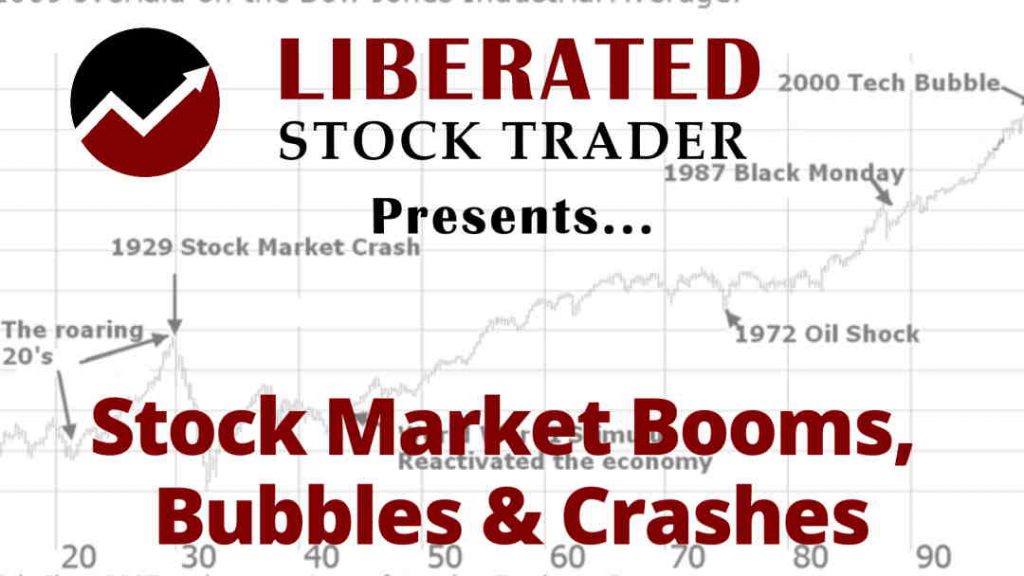

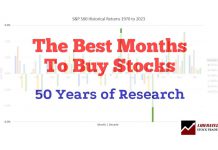

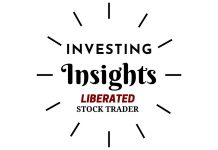

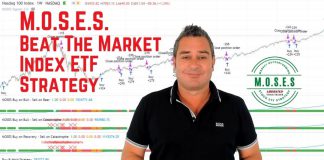
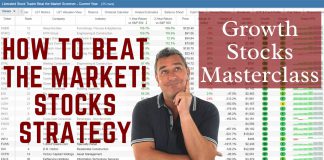
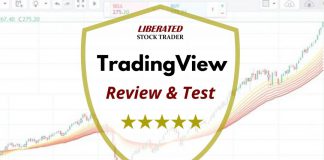
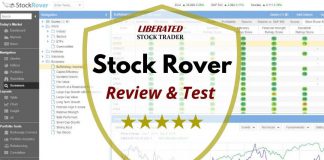
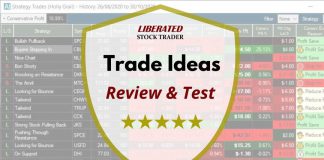
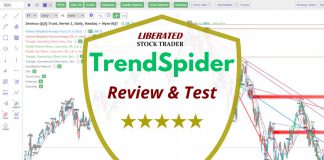
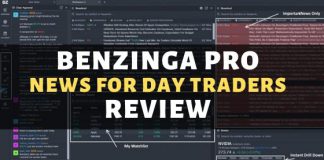
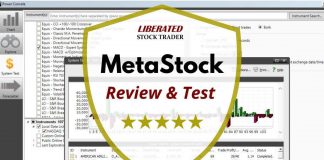
What an informative article thanks. So is it best to always add funds to your account?
Hi JT, the answer is yes, because markets move up and down, and over time you will accumulate assets, which is the main goal of investing.
Barry